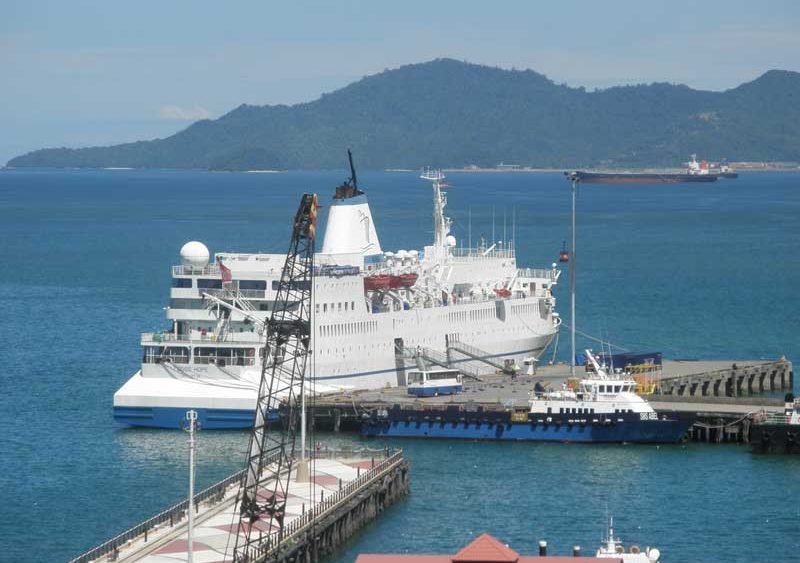Our series of articles on port equipment for LNG terminals is now steering in a more technical direction. Following an analysis of the role of this equipment at a terminal and a review of some of the characteristics of the equipment necessary for a LNG platform, we are now going to begin to take a deeper look at essential port equipment, particularly docking aid systems.
Docking aid systems
One system that aids docking is a maritime information system in real-time that contributes to safe navigation and efficiency during transport. It essentially involves an instrument that provides real-time data to pilots and ground staff, leading to increased safety, reducing risks and improving protection of the environment.
In technical terms, this involves a system with equipment network architecture and communication interfaces. This equipment is supported by computing hardware, which is in turn controlled by software. This software, which can run on a physical or virtual operating system, is structured across three blocks: Database, control program and display program.
The system can have one or several checkpoints and may also be accessed using portable Visualisers. The tool’s importance lies in the fact that it provides data in both real-time and stored form, generating operation histories that can be analysed to improve their efficiency.
We are now going to look at some of the modules available in a docking aid system.
BAS: Dockmoor-BM (Docking monitoring)
Docking and undocking is one of the most important stages of the manoeuvre, making this module a must. Due to the high-volume moving elements of these vessels and their high degree of inertia, it is necessary to control the speeds and the distance to the harbour in order to ensure the safety of the docking operation.
Laser technology is used to measure the relative distance to the point of contact at the harbour (the defences). Fixed lasers are used for Oil&Gas docking operations to measure the distance to the vessel at two points to be able to extrapolate information related to distance and speed from the bow and stern.
The basic field equipment are lasers and communication interfaces, and we cannot go any further without mentioning large-scale panels (VMS) to display the information from the command bridge.
BAS: Dockmoor-MS (Docking tension monitoring)
This module allows the tension of the docking lines to be measured. The system is based on a several bolts with inserted load cells that are built into the quick release hooks. Data can be monitored in real time on the screen.
The load cell is based on a Wheatstone bridge. This transforms the deformation of the bolts in proportional values to the pull tension, which transmits it to the server as analogue data (mV). It is converted to tons on the screen and is represented on the screen. The system can be complemented with pilots in the local communication panel, a display and a siren or beacon near the hook.

Index of published articles
Port equipment for LNG terminals (I)
Port equipment for LNG terminals (II): moving towards a change in regulation
Port equipment for LNG terminals (III): Docking aid systems (I)
Port equipment for LNG terminals (IV): docking aid systems (II)
Port equipment for LNG terminals (V): Berthing-aid systems (III)
Port equipment for LNG terminals (VI): Fender systems (I)
Port equipment for LNG terminals (VII): Defence systems (II)



Comments are closed.